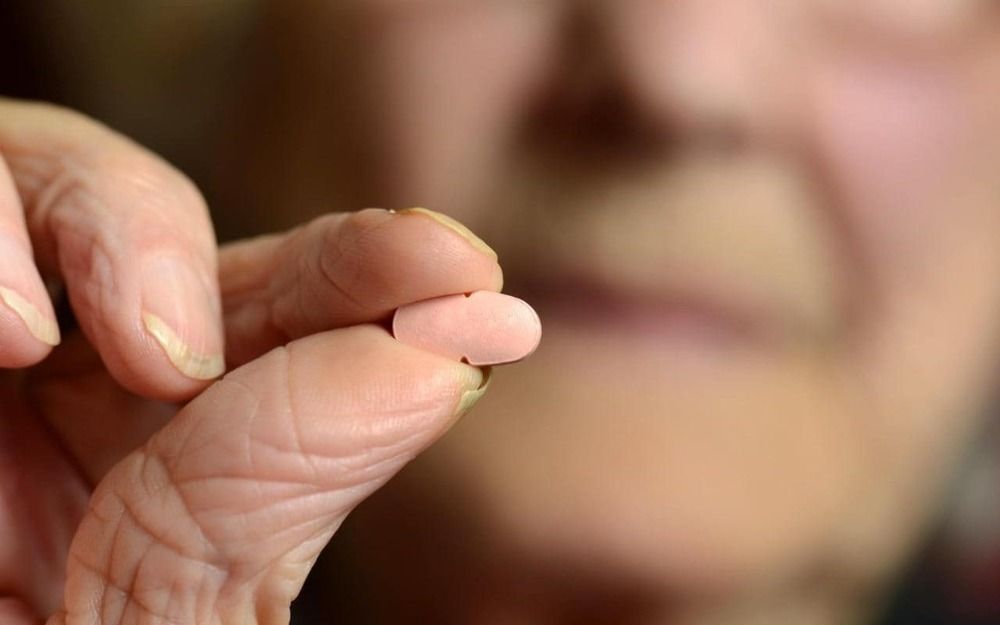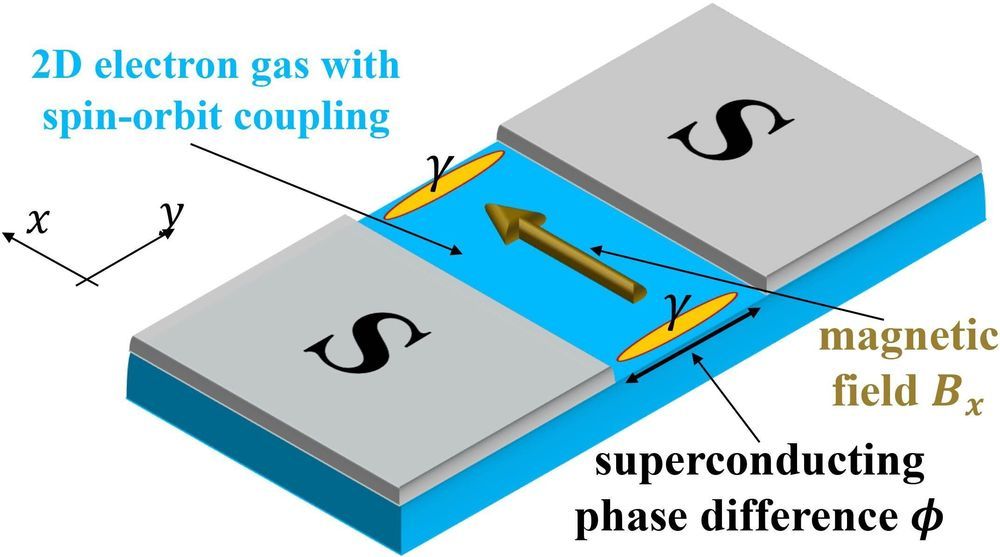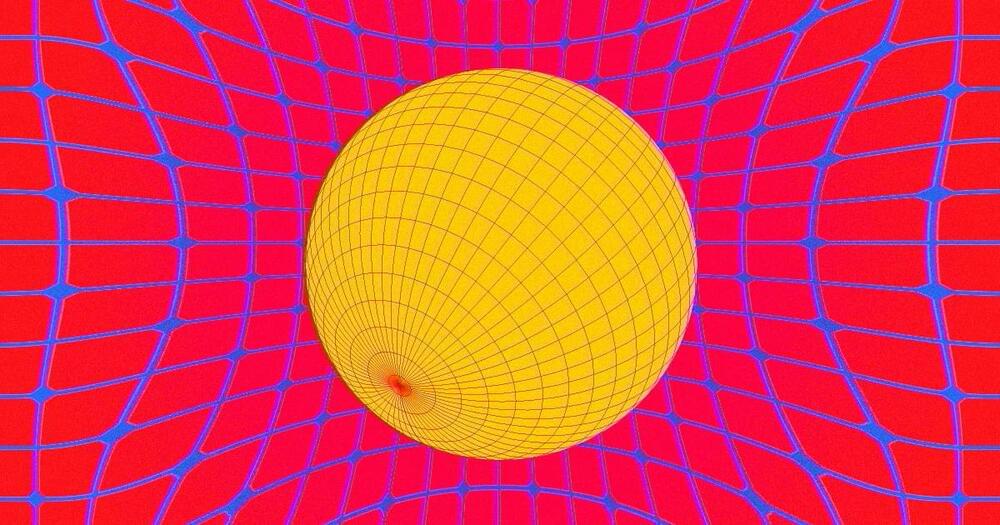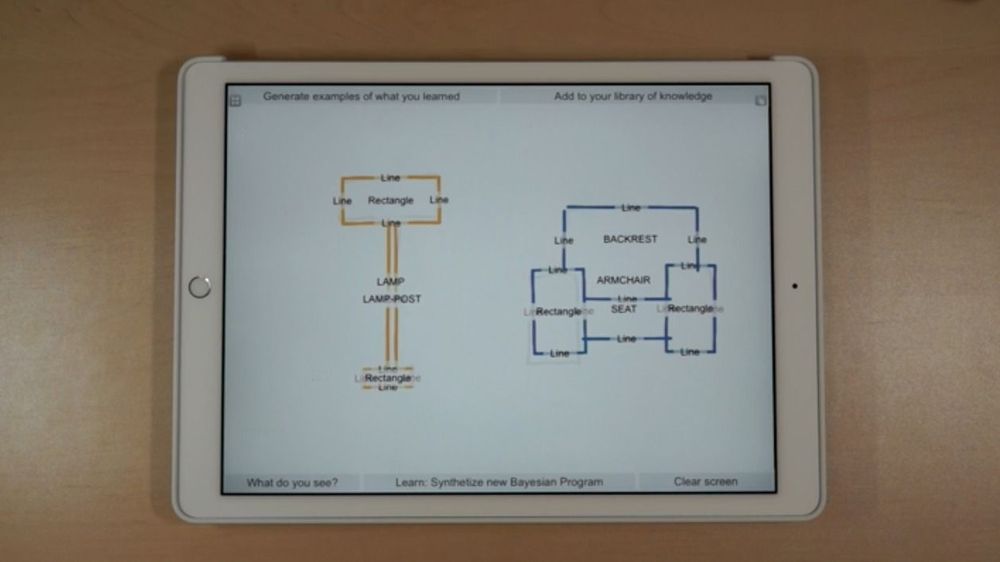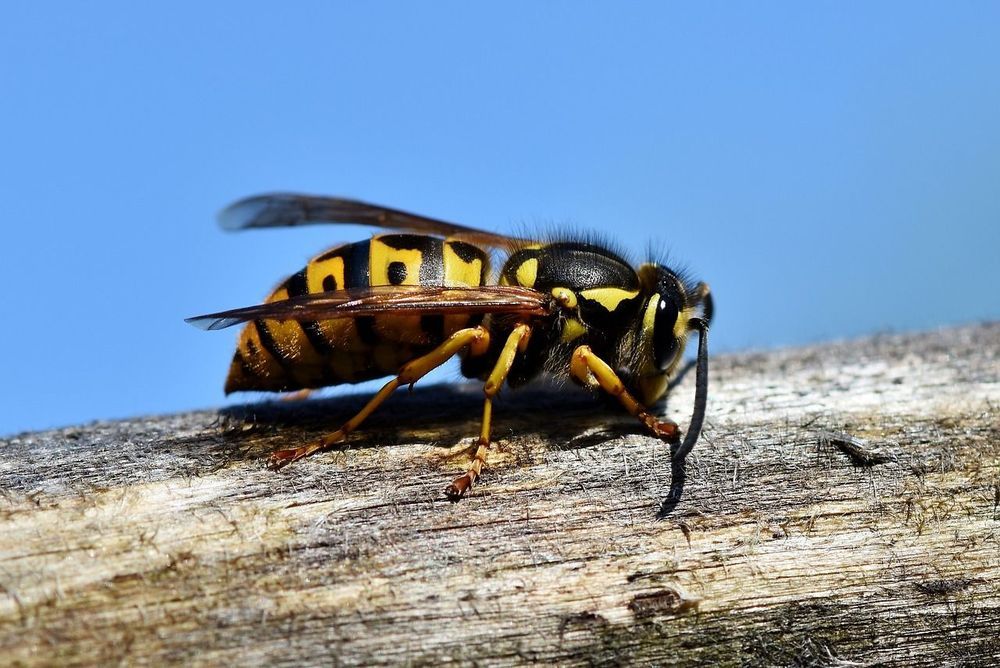Page 8857
May 10, 2019
Statins may hold key to stopping multiple sclerosis, say UCL scientists
Posted by Genevieve Klien in categories: biotech/medical, neuroscience
Statins may hold the answer to slowing the deterioration of patients with multiple sclerosis (MS), scientists have said.
In a new trial hailed as “highly promising”, patients who took the daily pill retained their coordination better and suffered less brain shrinkage than those given a placebo.
It raises the prospect that MS sufferers, of whom there are more than 90,000 in the UK, may be prescribed the common cholesterol-busting drug to improve their symptoms.
Continue reading “Statins may hold key to stopping multiple sclerosis, say UCL scientists” »
May 10, 2019
Computing faster with quasi-particles
Posted by Quinn Sena in categories: computing, particle physics, quantum physics
Majorana particles are very peculiar members of the family of elementary particles. First predicted in 1937 by the Italian physicist Ettore Majorana, these particles belong to the group of so-called fermions, a group that also includes electrons, neutrons and protons. Majorana fermions are electrically neutral and also their own anti-particles. These exotic particles can, for example, emerge as quasi-particles in topological superconductors and represent ideal building blocks for topological quantum computers.
Going to two dimensions
On the road to such topological quantum computers based on Majorana quasi-particles, physicists from the University of W\xFCrzburg together with colleagues from Harvard University (USA) have made an important step: Whereas previous experiments in this field have mostly focused on one-dimensional systems, the teams from W\xFCrzburg and Harvard have succeeded in going to two-dimensional systems.
May 10, 2019
Discrete energy levels without confinement – a new quantum trick
Posted by Quinn Sena in categories: nanotechnology, particle physics, quantum physics
Nanostructures can be designed such a way that the quantum confinement allows only certain electron energy levels. Researchers from IMDEA Nanociencia, UAM and ICMM-CSIC have, for the first time, observed a discrete pattern of electron energies in an unconfined system, which could lead to new ways of modifying the surface properties of materials.
A research group from IMDEA Nanoscience and Universidad Autónoma de Madrid has found for the first time experimental evidence that one-dimensional lattices with nanoscale periodicity can interact with the electrons from a bidimensional gas by spatially separating their different wavelengths by means of a physical phenomenon known as Bragg diffraction. This phenomenon is well-known for wave propagation in general and is responsible for the iridescent color observed upon illumination of a CD surface. Due to the wave-particle duality proposed by De Broglie in 1924, electrons also present a wave-like behavior and, thus, diffraction phenomena. Actually, the observation that low-energy free electrons undergo diffraction processes upon interaction with well-ordered atomic lattices on solid surfaces was the first experimental confirmation of the wave-particle duality.
May 10, 2019
28 years old and closer than ever to the solving of the mistery of the Majorana particles
Posted by Quinn Sena in categories: computing, nanotechnology, particle physics, quantum physics
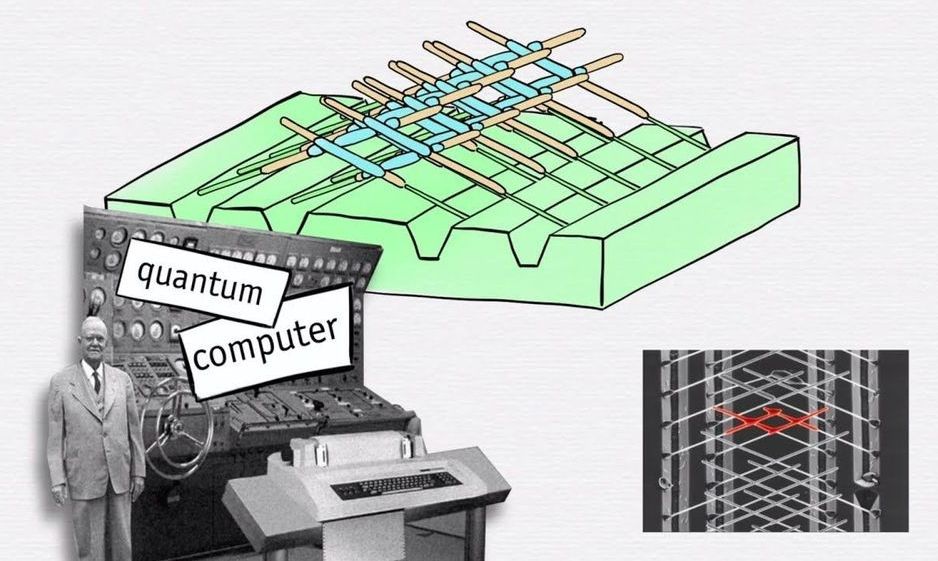
Gazibegović, Ph.D. candidate in the group of prof. Erik Bakkers at the department of Applied Physics, developed a device made of ultrathin networks of nanowires in the shape of “hashtags.” This device allows pairs of Majorana particles to exchange position and keep track of the changes occurred, in a phenomenon known as “braiding.” This event is considered as a striking proof of the existence of Majorana particles, and it represents a crucial step towards their use as building blocks for the development of quantum computers. With two Nature publications in her pocket, Gazibegović is ready to defend her Ph.D. thesis on May 10.
In 1937, the Italian theoretical physicist Ettore Majorana hypothesized the existence of a unique particle that is its own antiparticle. This particle, also referred to as a “Majorana fermion,” can also exist as a “quasiparticle,” a collective phenomenon that behaves like an individual particle, as in waves forming on the water. The water itself stays in the same place, but the wave can “travel” on the surface, as if it were a single particle in movement. For many years, physicists have been trying to find the Majorana particle without success. Yet, in the last decade, scientists from Eindhoven University of Technology have taken great leap forwards in proving the existence of Majorana particles, also thanks to the research of Gazibegović and her collaborations with the University of Delft, Philips Research and the University of California – Santa Barbara.
May 10, 2019
Seven-mile ‘bee corridor’ coming to London to boost dwindling numbers
Posted by Quinn Sena in category: futurism
A seven-mile “bee corridor” of vibrant wildflowers is being planted to encourage the insect’s population in London. The pathway for bees will be formed of 22 meadows sown through parks and green spaces in the north west of the capital. These will be in place in time for summer according to Brent council, which says it hopes the move will halt the decline in biodiversity in the borough.
May 10, 2019
Our Reality Could Be a “Hologram” Created by Quantum Physics
Posted by Shane Hinshaw in categories: holograms, quantum physics
Physics is on the brink of peering more deeply into nature’s foundations than ever before.
The four dimensions of spacetime that we experience could be like a hologram projected by a three-dimensional quantum state.
May 10, 2019
AI software writes, and rewrites, its own code, getting smarter as it does
Posted by Shane Hinshaw in category: robotics/AI
A computer could learn about a user’s interests without requiring huge amounts of data or hours of training. (from 2017)
Gamalon has developed a technique that lets machines learn to recognize concepts in images or text much more efficiently.
May 10, 2019
Repair Biotechnologies Raises a $2.15M Seed Round
Posted by Steve Hill in categories: biotech/medical, finance, life extension
Great news for Repair Biotechnologies a new startup company developing solutions to age-related immune system decline and heart disease.
In 2018, Reason and Bill Cherman founded Repair Biotechnologies, which, as its name suggests, is a rejuvenation biotechnology company focused on damage repair approaches to aging. The company has recently completed a seed round of investment funding, with a total of $2.15 million being put into the company’s coffers to bolster research and development. Reason described this seed round as follows:
We are very pleased to have the support of noted investors such as Jim Mellon. They are the people who are presently providing the fuel and publicity for ever faster progress in the longevity biotechnology industry.
Continue reading “Repair Biotechnologies Raises a $2.15M Seed Round” »
May 10, 2019
Study Suggests Wasps Are Capable of Logical Thinking
Posted by Chris Parbey Jnr in category: futurism
Yes, wasps are terrifying, we know that. But now, according to new research, we know that they’re not just terrifying, they’re also smart.


